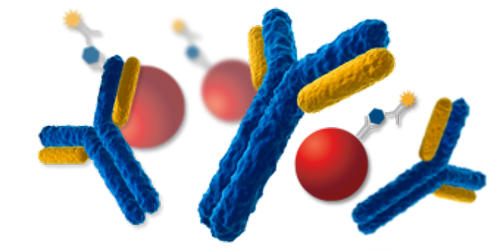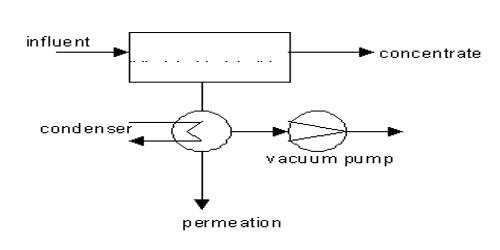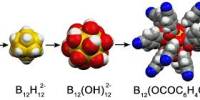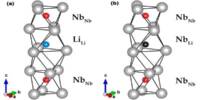An immunoassay is a biochemical test that measures the presence or concentration of a macromolecule or a small molecule in a solution through the use of an antibody (usually) or an antigen (sometimes). It is a procedure for detecting or measuring specific proteins or other substances through their properties as antigens or antibodies. They are chemical tests used to detect or quantify a specific substance, the analyte, in a blood or body fluid sample, using an immunological reaction. The molecule detected by the immunoassay is often referred to as an “analyte” and is in many cases a protein, although it may be other kinds of molecules, of different sizes and types, as long as the proper antibodies that have the adequate properties for the assay are developed. It plays a critical role in various bioanalytical settings, such as clinical diagnostics, biopharmaceutical analysis, environmental monitoring, security, and food testing. Common uses include the measurement of drugs, hormones, specific proteins, tumor markers, and markers of cardiac injury.
Immunoassays come in many different formats and variations. It measures the formation of antibody-antigen complexes and detects them via an indicator reaction. Immunoassays may be run in multiple steps with reagents being added and washed away or separated at different points in the assay. An example of a qualitative assay is an immunoassay test for pregnancy.
High sensitivity is achieved by using an indicator system (e.g., enzyme label) that results in the amplification of the measured product.
Principle
The principle behind the Immunoassay test is the use of an antibody that will specifically bind to the antigen of interest. It relies on the ability of an antibody to recognize and bind a specific macromolecule in what might be a complex mixture of macromolecules. The antibodies used in the Immunoassay must have a high affinity for the antigen. The purpose of an immunoassay is to measure (or, in a qualitative assay, to detect) an analyte. In immunology the particular macromolecule bound by an antibody is referred to as an antigen and the area on an antigen to which the antibody binds is called an epitope. It is the method of choice for measuring analytes normally present at very low concentrations that cannot be determined accurately by other less expensive tests.
In some cases, an immunoassay may use an antigen to detect for the presence of antibodies, which recognize that antigen, in a solution. Qualitative immunoassays are often used to detect antigens on infectious agents and antibodies that the body produces to fight them. In other words, in some immunoassays, the analyte may be an antibody rather than an antigen. The antibodies used in the Immunoassay can either be monoclonal or polyclonal antibodies. Immunoassays for antibodies produced in viral hepatitis, HIV, and Lyme disease are commonly used to identify patients with these diseases. In addition to the binding of an antibody to its antigen, the other key feature of all immunoassays is a means to produce a measurable signal in response to the binding. Most, though not all, immunoassays involve chemically linking antibodies or antigens with some kind of detectable label.
















